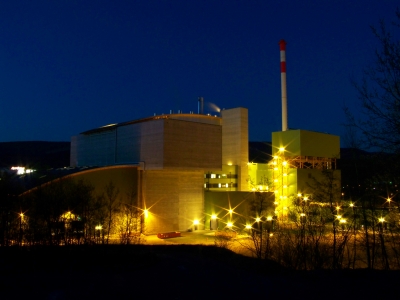The Platform on sustainable finance is finalising its draft criteria for activities contributing to four environmental objectives, including the transition to a circular economy. While this is a positive step towards attracting financing to activities that contribute to this objective, the draft report published in August overlooked the cornerstone of sustainable waste management: dealing with residual waste remaining after separate collection and sorting processes.
There is no one-size-fits-all in waste management. Prevention, reuse, and recycling must be the priorities, but not all waste can be prevented, reused or recycled. Not all countries are equal in the face of waste management either.
The criteria published in August cover the higher steps of the waste hierarchy. They however do not
give any guidance for the treatment of the unrecyclable residual waste to the countries that will need to develop this aspect of their waste management system . The most advanced national models of waste management in the EU combine a high level of recycling with an appropriate level of Waste-to- Energy (WtE) so that residues from sorting and recycling processes can be safely treated and their energy recovered.
Many Member States still heavily rely on landfills and will need investments in all of the above levels of the waste hierarchy in order to reach their 2035 targets. They will need financing to improve their residual waste management. In addition, the move towards more high-quality recycling is leading to an increase in residual, non-recyclable waste streams. This waste must be treated in dedicated installations. This is the role of WtE.
It goes without saying that safeguards are needed to ensure that the WtE installations are planned, designed and operated so that they are in line with the waste hierarchy, hence considering waste prevention and recycling efforts. Leaving WtE outside of the taxonomy would only maintain the status quo as the opportunity to discuss necessary criteria would be missed. Our sector is willing to further explore this issue with a wide range of stakeholders, bearing in mind that there should be no “significant increase in the generation, incineration or disposal of waste”.
We would like to underline that financing of WtE should be part of a comprehensive waste strategy in line with the waste hierarchy, where prevention, reuse and recycling are fully stimulated, and disposal is limited to a minimum. This is the prerequisite for financing of WtE plants while avoiding any counterproductive developments in relation to achieving the aims of EU legislation and the SDGs.
The Platform should seize the opportunity to give a framework to treat non-recyclable waste in the most sustainable way possible, in line with the waste treatment hierarchy and best available techniques. Ignoring WtE will lead to incomplete waste management systems, and to environmental risks, where high-quality recycling cannot be achieved due to a lack of outlet for rejects leading to treatments lower in the hierarchy, or to waste exports in regions with lower environmental and social standards.
The material flow going back to the circular economy will lack a sink for polluted non-hazardous residual waste. This would impede the achievement of the ambitious European targets. Finally, regarding the legal feasibility of including WtE activities in the taxonomy, a legal analysis from PwC demonstrates that WtE can be eligible, provided criteria are developed. We therefore advise the Platform to further consider this option and recommend inviting experts in this field to further discuss options in this regard when developing the criteria. We would also recommend that the requirement “no significant increase” is clarified in a more tangible and legally robust manner.
We, the waste management professionals, highly committed to achieving the circular economy, urge the Platform and the European Commission to consider setting up technical screening criteria for treating non-hazardous residual waste in R1 WtE facilities, as the key missing link to managing waste in a truly circular way, and to avoid options that put people and planet at risk.






